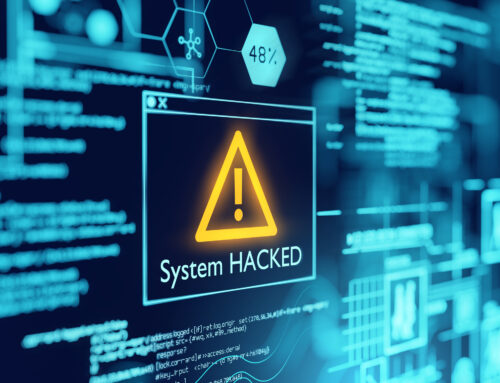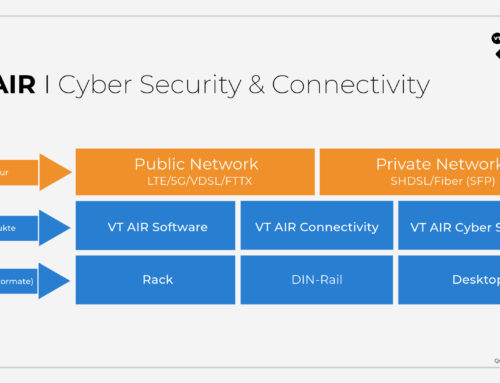So-called smart cities such as Hamburg or Munich (according to the Smart City Index) are the future. They are or will be part of a digital world in the future and therefore will be completely connected. However, this requires extensive use of modern information and communication technology (ICT). “They use the power of digital technologies, data and design thinking to increase the effectiveness and efficiency of urban services,” says a Deloitte study on smart cities (Making smart cities cybersecure, 2019). The spectrum of future services offered in these digital cities will range from autonomous transport systems to digital administration.
However, the digital transformation of our cities always bring challenges. It’s not just about future-oriented urban planning, about networking people, machines and processes, but ultimately also about cybersecurity. Because of the rapid increase in smart cities, the risk of cyber-attacks also heightens. For a good reason: With the digitization of our cities, the amount of data circulating thru them is also growing – not to say that there is a veritable flood of data. But not only networked megacities are affected. In the meantime, the intruders are also attacking small towns or entire districts, as in July, when the Anhalt-Bitterfeld district triggered the first cyber disaster in Germany. That is the reason why the technological basis of modern cities must be a priority.
According to the Deloitte study, these complex ecosystems consist of three levels:
• the edge layer, which includes sensors, smartphones and other IoT devices
• the core as a platform that processes the data from the edge layers and
• the communication layer, which enables a constant exchange of data between the edge layer and the core and thus ensures the seamless interaction of the different components of the ecosystem.
Maximum security must be guaranteed at all levels in order to be able to counter attacks. According to the Deloitte study, the following three factors influence the potential cyber risk in the ecosystem of a smart city:
• The convergence of the cyber world with the physical world
• The interoperability of old systems with new systems
• Integration of urban services and infrastructures
The cities of the future must prioritize the issue of security alongside availability and confidentiality, to ensure that no weak points emerge and gateways for attacks become possible. Above all, the digital backend, the IT backbone of digital cities, requires the most modern technologies in order to guarantee the best possible protection for all three levels mentioned – and thus the reliable operation of the entire system. “Smart industrial routers, a high level of encryption and the latest security technology are basic requirements for a functioning IT backend in smart cities. In addition, the hardware should also be able to be used in complex environments with high temperature fluctuations in order to guarantee reliability in day-to-day operations, “says Sven Auhagen, CEO of Voleatech GmbH, a company that specializes in network technology for complex environments and critical infrastructures.
One point is certain: cities are changing their character. Many metropolis will transform into Smart Cities in the coming years and thus will be completely networked. The operators are therefore dependent on the latest network technology if they want to secure the associated and presumably rapidly increasing data transfer.
Foto: istock/horstgerlach




